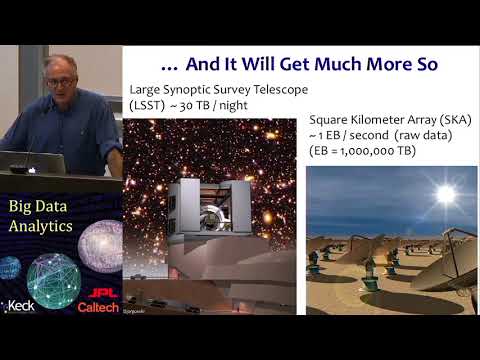Description:
Dive into a comprehensive 19-hour course on Big Data Analytics offered by the California Institute of Technology. Explore best programming practices, data models, relational databases, SQL, and alternative databases. Learn about inference, uncertainty, and probability basics. Master the R programming language for data analysis. Delve into machine learning concepts, including supervised and unsupervised learning, classification, and clustering techniques. Study decision trees, random forests, and their applications in space exploration and cancer research. Examine pattern recognition, dimensionality reduction, and feature selection methods. Discover data visualization principles, tools, and techniques for effective communication. Investigate cloud computing, algorithmic approaches to big data, semantics, and genetic algorithms. Conclude with an in-depth look at big data architecture fundamentals and content detection and analysis for large-scale datasets.

Big Data Analytics
Add to list
#Data Science
#Big Data
#Data Analysis
#Programming
#Domain-Specific Languages (DSL)
#SQL
#Databases
#Relational Databases
#Mathematics
#Statistics & Probability
#Probability
#Database Design
#Data Modeling
#Big Data Analytics
#Computer Science
#Machine Learning
#Inference